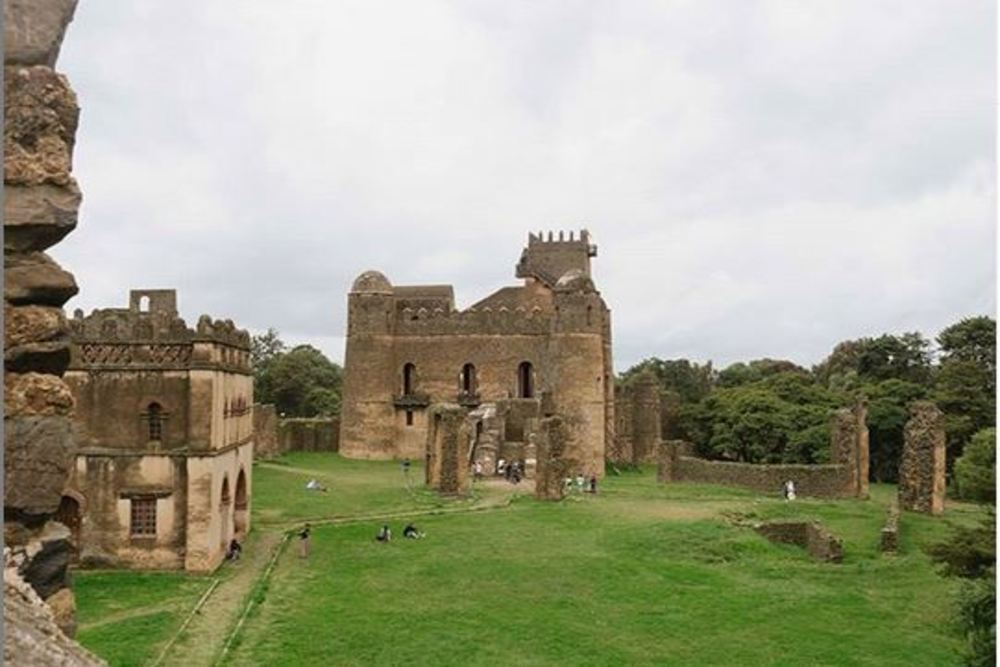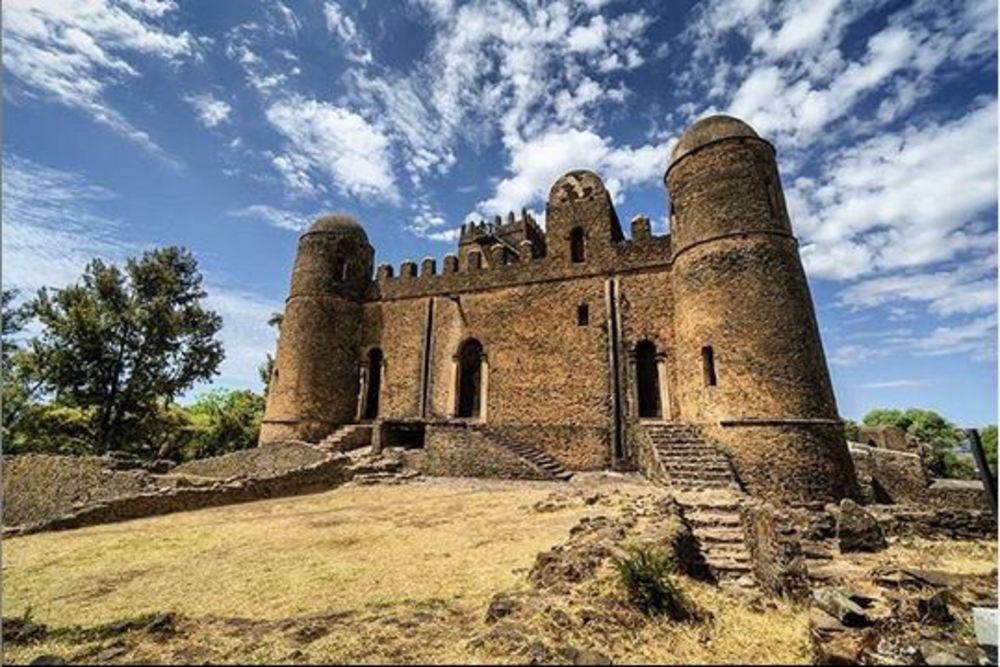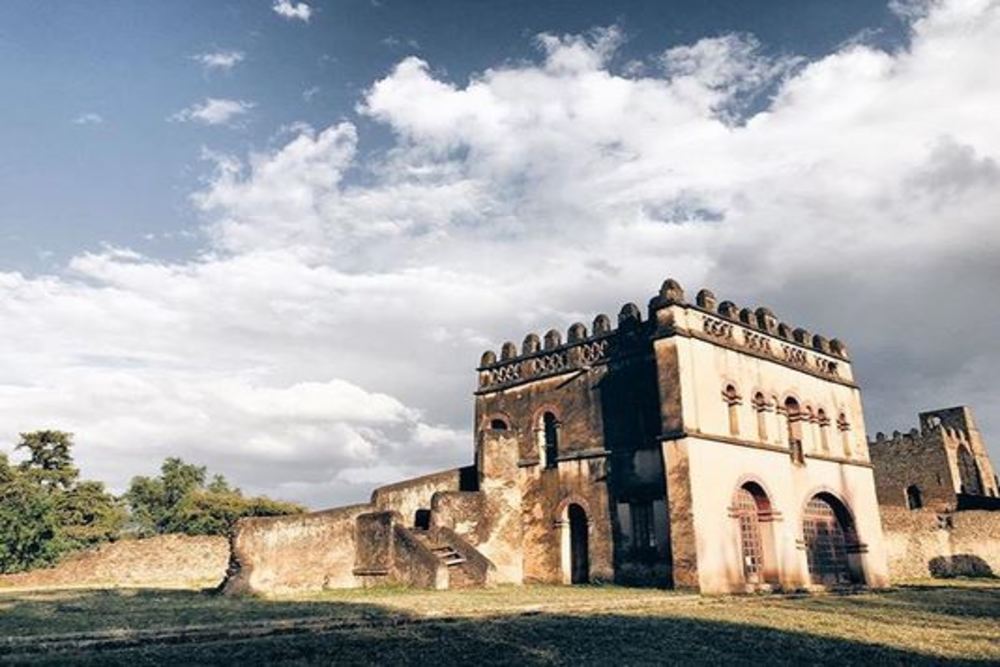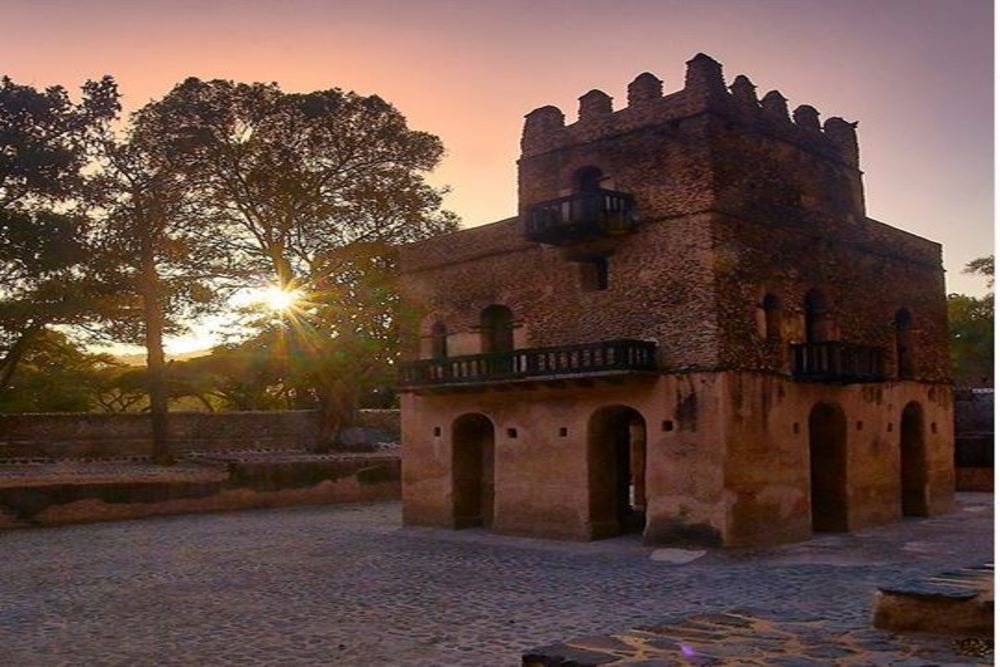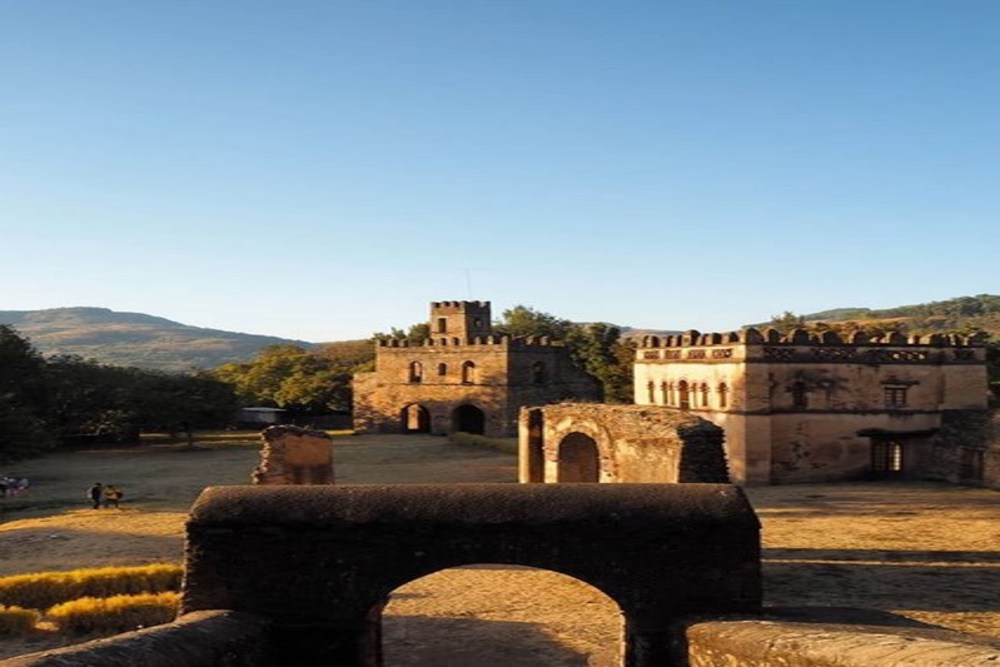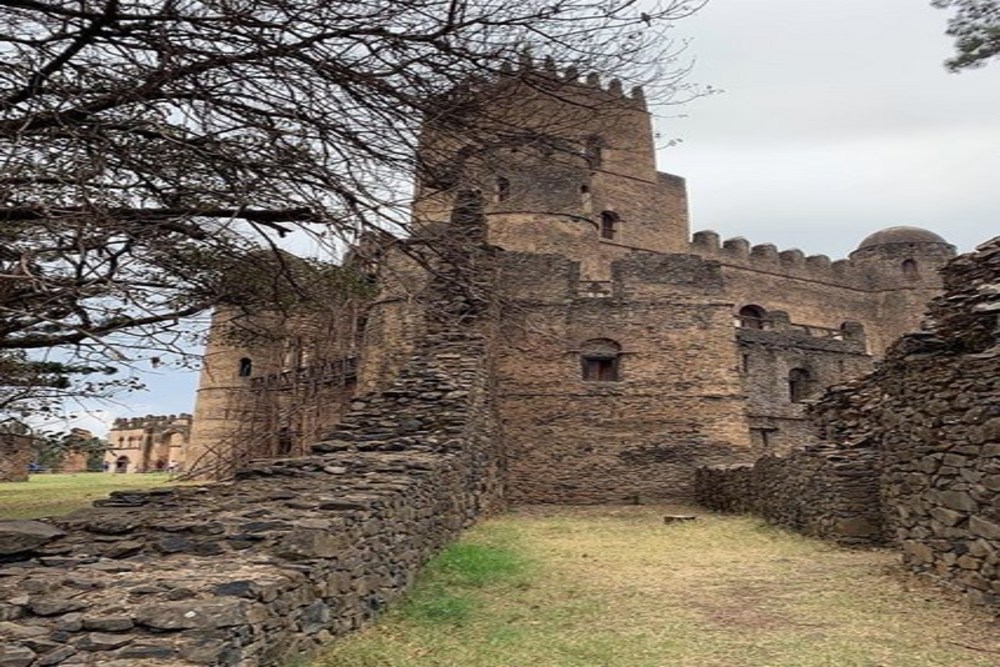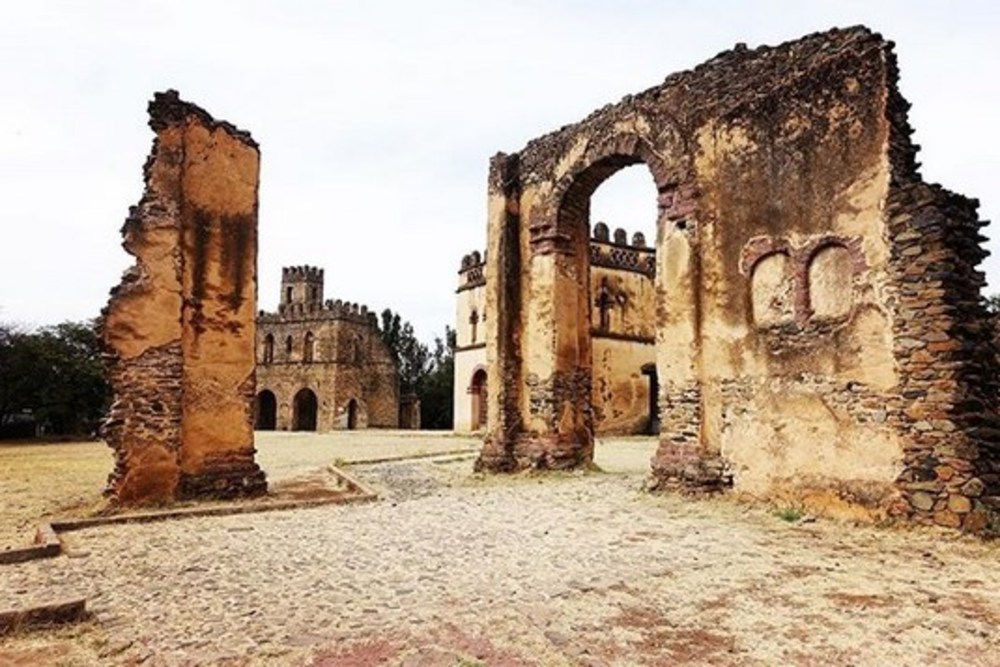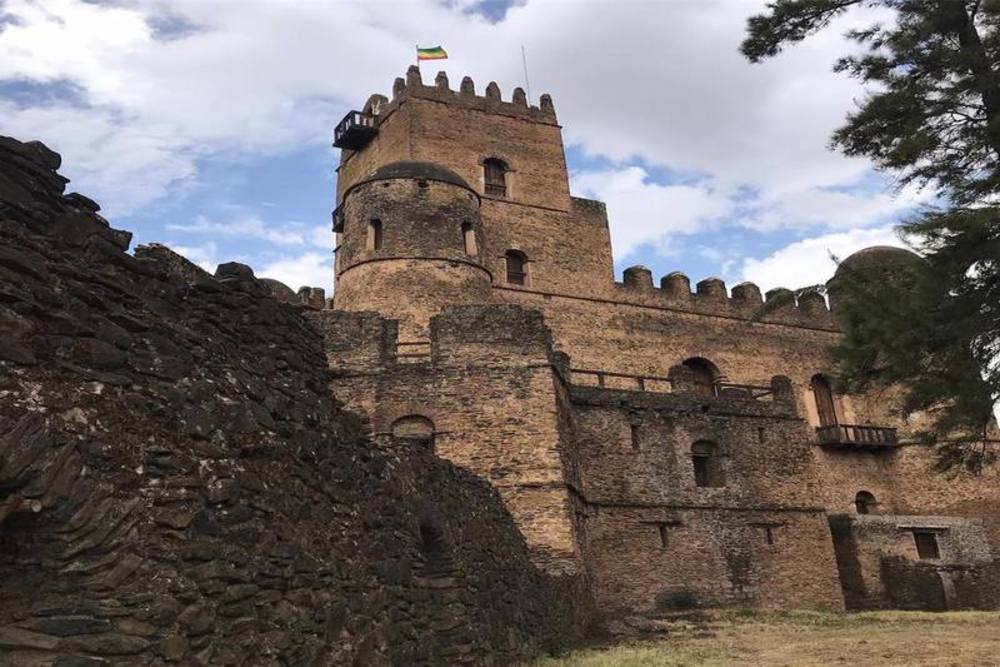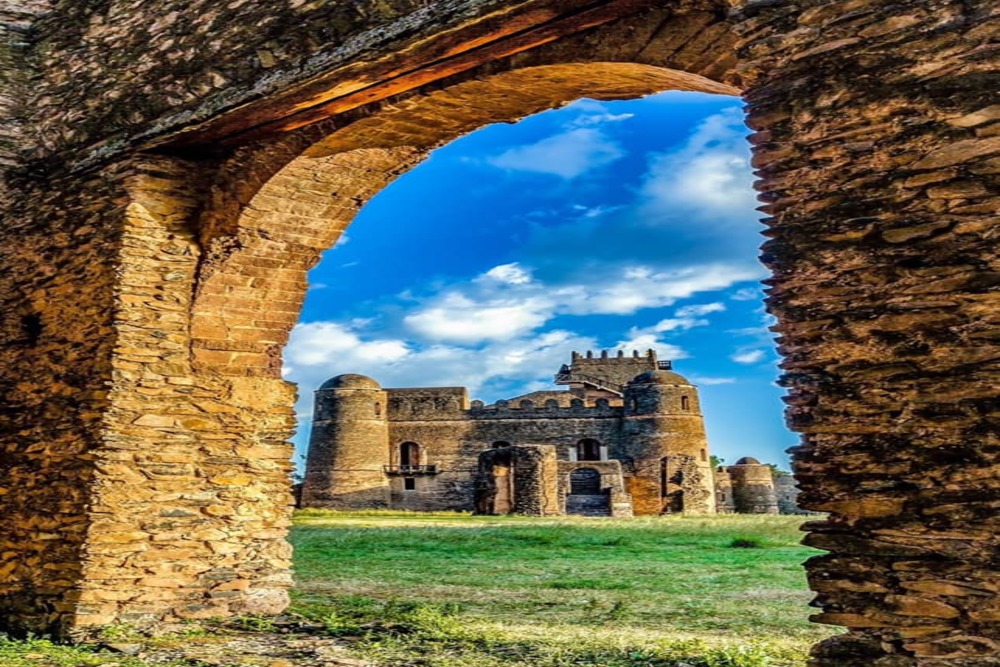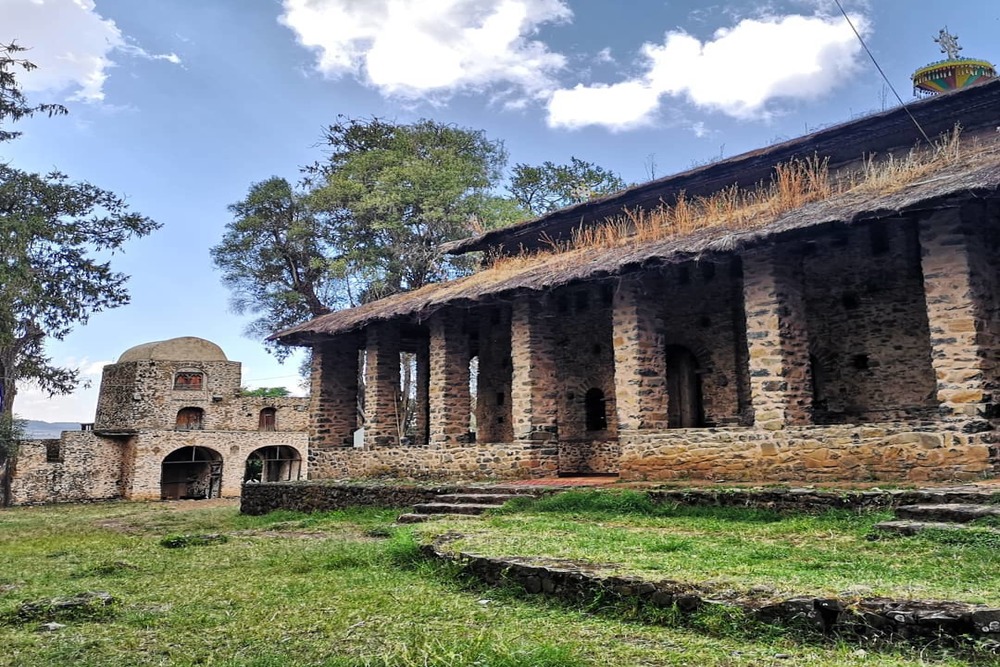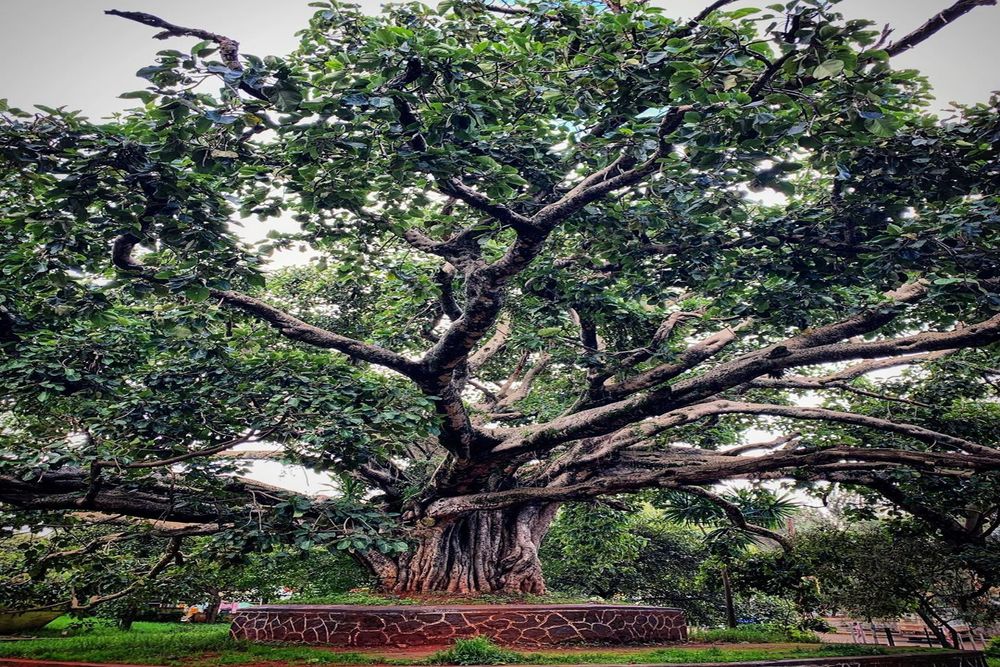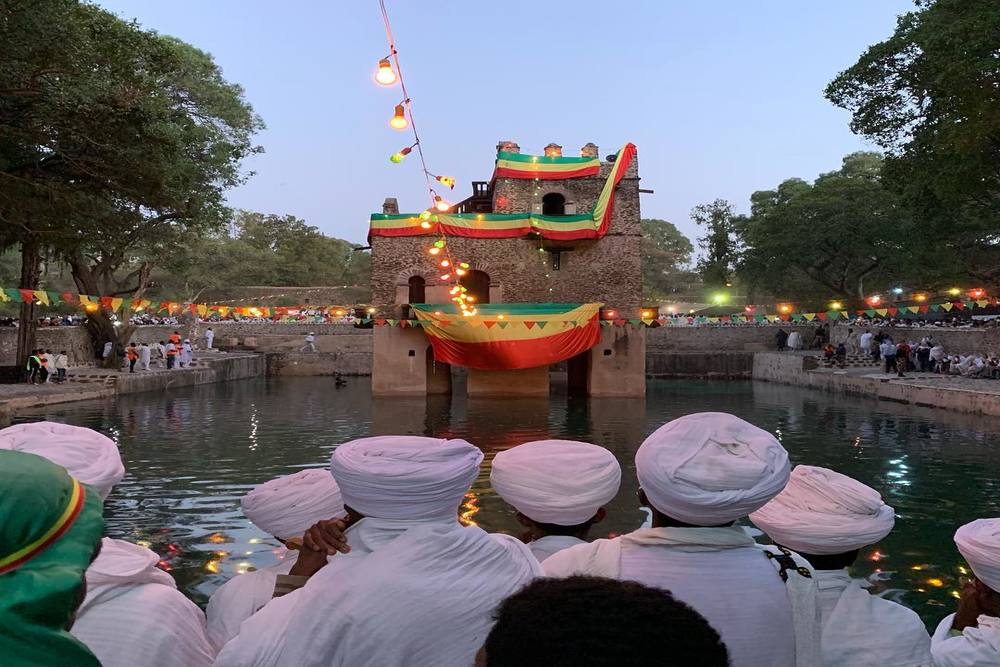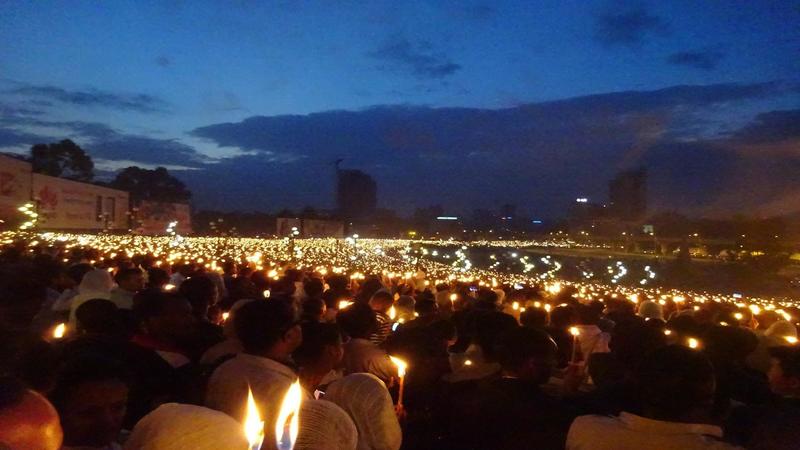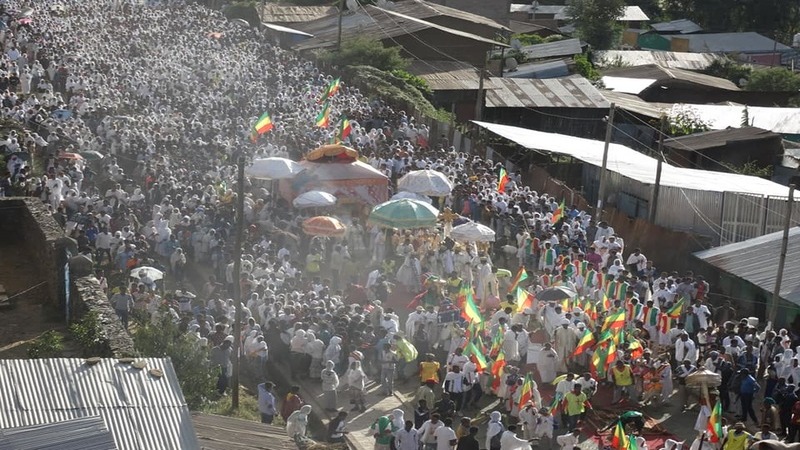- Home
- Ethiopia Attractions
- Page active
Gondar-From kings and Churches to Emperors and castles
From kings and churches to emperors and castles: another not-to-be-missed stop on Ethiopia's Historic Route is what has been called the 'Camelot' of Africa: Gondar
Gondar is a Royal and ancient historical city of Ethiopia. It is the home of many Emperors and Princess who lead the country from the 12th century to the last decade of the 20th century.It is the home of the highest mountain in Ethiopia, Ras Dashen, and the Simien Mountains National Park.
Nestled in the foothills of the Simien Mountains in north¬western Ethiopia, Gondar became the capital during the reign of Emperor Fasilidas (1632-1667), who built the first of a number of castle-like palaces to be found here. He established a tradition that was followed by most of his successors, whose buildings greatly enhanced the city's grandeur.
In its day, the city was an important administrative, commercial, religious, and cultural centre. It was famous for its sophisticated aristocratic life, its church scholarship, and its extensive trade, which took its merchants to Sudan and the port of Massawa as well as to the rich lands south of the Blue Nile. Gondar was also noted for the skill of its many craftsmen.
The city retained its pre-eminence until the middle of the nineteenth century, when Emperor Tewodros II moved his seat of Government to Debre Tabor and later to Mekdela. As a result, Gondar declined greatly in importance and was subsequently looted in the 1880s by the Sudanese Dervishes. By the early nineteenth century the city was a mere shadow of its former self. More recently, its appearance was not aided by the fact that several historic buildings were damaged by British bombs during Ethio¬pia's liberation campaign of 1941. Most of Gondar's famous castles and other imperial buildings nevertheless survived the ravages of time: and together constitute one of Ethiopia's most fascinating antiquities.
Nowadays Gondar is is a lively university town with a pleasant town centre which was build by the Italian's and still called Piazza. The town is famous for the asmari's (praise singers) playing their masinko's (one-string violin-like instrument). It makes a nice evening out to see them performing in one of the Asmari Bet's.
The small village of Wolleka, just north of Gondar, is a little remainder of the Falasha (Ethiopian Jews) community who's origin is not known but it's believed their story is connected to King Solomon and the Queen of Sheba
Royal Enclosure (Fasil Ghebbi)
Graceful castles built in the 17th and 18th century by the successive Gonderine kings are found on t 70 hectare compound.The oldest and most impressive of Gondar's imperial structures is the two-storeyed palace of Emperor Fasilidas, built of roughly hewn brown basalt stones held together with mortar. The building-has a flat roof, a rectangular tower in the south-west corner — which affords a distant view of Lake Tana — four smaller domed I towers, and a battlemented parape
In addition it contains many other structures among them a sauna (said to treat Iyasu the Great who was suffering skin disease) and a lion cage to symbolize the connection with the Lion of Judah. The Royal Enclosure or Fasil Ghebbi is a World Heritage Site.
located in the Kaha River valley south of Gondar, is a well-preserved 'bathing palace' variously attributed to Fasilidas or Iyasu I. It stands in a rectangular, neatly walled depression, which is filled with water once a year for the Timket, or Epiphany, celebrations, and, though popularly referred to as a 'bathing palace', was probably constructed for such celebrations.
Debre Birhan Selassie Church
Near the Royal Enclosure is a small church with some of the finest examples of art of the Orthodox Church. Nearly every inch of the church's interior has been beautifully painted. 80 cherubic angels look down from the ceiling while saints and demons line its walls. Built by King Iyasu in the late 17th century, Debre Birhan Selassie (meaning Light of the Trinity) was miraculously spared in the Mahdist War of the 1880's when, according to legend, a swarm of bees held off the invading soldiers.
Kuskuam Maryam Church
A rough road leads to Kuskuam, a few kilometers out of town. It was the residence ofEmpress Mentewab . Not as well preserved as the Royal Enclosure it still makes a worthwhile visit. Visitors to the church here can, on request, see many fine old Gondarinc manu¬scripts, and enter a crypt containing the skeletal remains of the famous eighteenth-century Empress Mentewab, her son Emperor lyasu II, and grandson Emperor Iyo'as.On November 15th (16th in a leap year) the colorful Debre Kuskuam, remembering the apparition of St. Mary during her exile in Egypt, is celebrated here.
Related Tours
Meskel (Finding of the True Cross) event
Meskel (Finding of the True Cross), one of the major Ethiopian Orthodox festivals is celebrated for two days .
9 Days Ethiopian Timket Festival Tour
Ethiopian Timket Festival Tour — 9 Days. On this tour, you will see one of the most ancient festivals celebrated in Ethiopia
